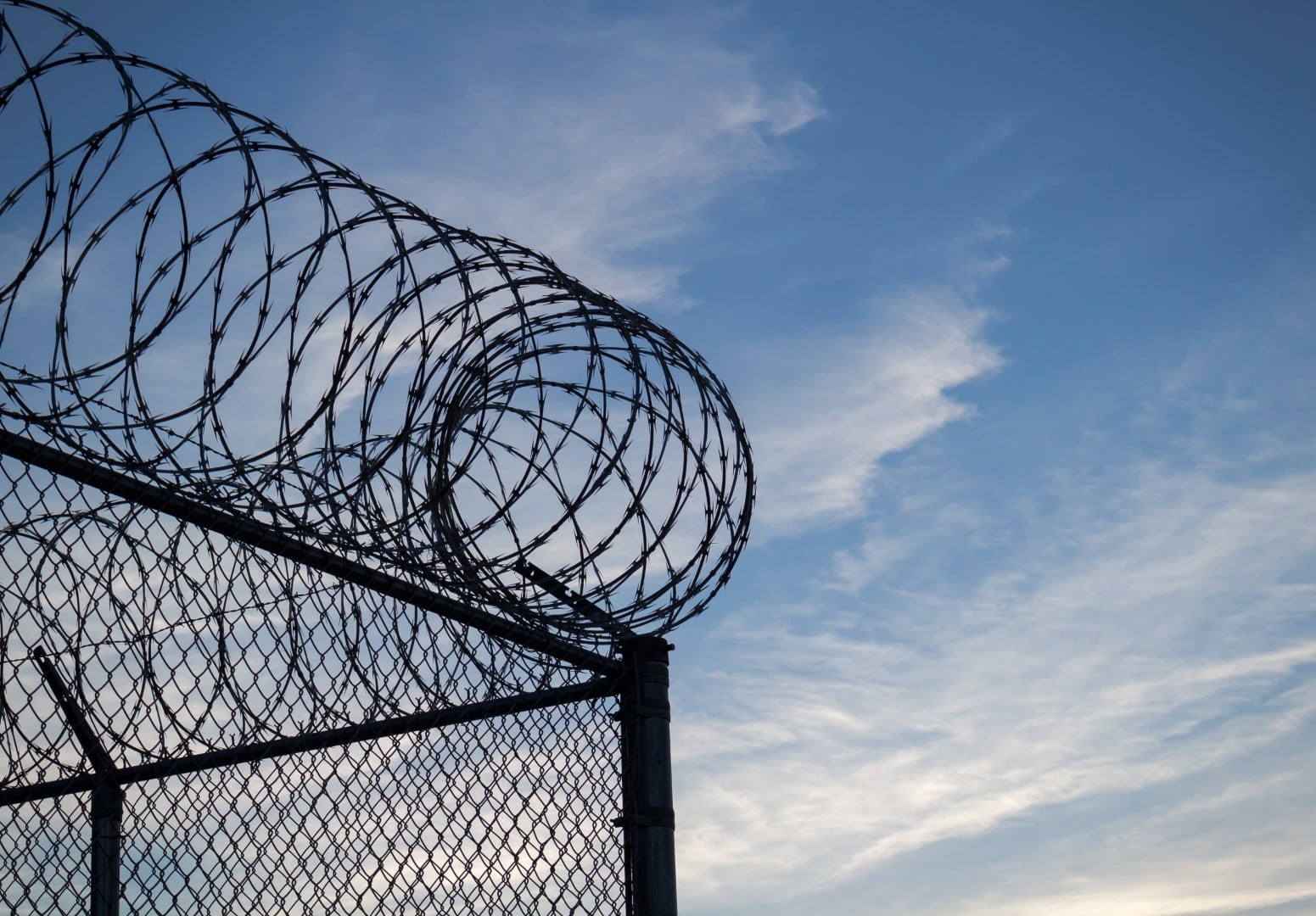
Florida evacuated 4,000 prisoners from nearly three dozen facilities statewide ahead of approaching Hurricane Idalia, moving inmates to more robust buildings better equipped to survive what were expected to be dangerous conditions.
The Department of Corrections said Tuesday some of the smaller prisons, work release centers and work camps were directly in the path of the storm, such as the Cross City Work Camp in Dixie County along Florida’s Big Bend coastland and the Tallahassee Community Release Center in the state’s capital.
State prisons across the region also suspended visitation for the days after the storm was expected to make landfall on Wednesday. Those prisons were in Bradford, Hardee, Jefferson, Madison, Marion, Madison, Sumter, Suwanee, Union and Volusia counties.
Extra food and water was being prepared for delivery to prisons in Hurricane Idalia’s path. The agency said major prisons also were equipped with backup generators, and that it was prepared to serve bagged meals and bottled water in the event of power failures or dangerous conditions that prevented inmates from leaving their cells.
Meanwhile, Sheriffs operating county jails in the path of the approaching hurricane said Tuesday they were prepared for inmates to ride out the storm conditions with backup generators to restore power and buildings expected to withstand pounding winds and a dangerous storm surge.
Directly in the storm’s path were the Lake City Correctional Facility in Columbia County, operated by Tennessee-based private prisons contractor CoreCivic. It also manages the Citrus County Detention Facility in Lecanto.
A CoreCivic spokesman, Brian Todd, said both facilities had backup generators and the company will coordinate with local emergency response agencies and follow their directions.
Levy County — along Florida’s coast and in the path of the hurricane — didn’t expect to evacuate the jail, which contains about 150 inmates, and believes it is properly equipped for expected rainfall, Lt. Scott Tummond said.
“We have withstood lots of rainfall in the past,” he said. “I don’t see anything being any different in this event, other than we’re looking at much higher wind speeds if we take a direct hit. The structure is hardened and capable of withstanding, I think, a (Category) 5 hurricane. So, the infrastructure of the building itself is probably the safest place in the county.”
Tummond said electrical blackouts are likely and backup generators were in place.
Registered sex offenders in Levy County won’t be admitted to normal community shelters and will have to report to the county jail for shelter.
In Taylor County, southeast of Tallahassee, authorities also didn’t expect to need to evacuate inmates. Lt. Carlos Johnson said the jail in Perry, Florida, housed 101 inmates who were expected to weather the hurricane in their cells. He said blackouts were possible but generators were ready.
Taylor County is one of several bordering Apalachee Bay, where no major hurricane has ever passed through. The National Weather Service said Tuesday that Idalia’s arrival there could be an unprecedented event with unpredictable consequences.
In Franklin County, southwest of Tallahassee and along the Gulf’s coast, Sheriff A.J. Smith said he didn’t believe the storm posed a threat to the county’s jail with 72 inmates — unless the hurricane began tracking further west.
“It looks right now we’re going to be fine,” the sheriff said. “Unless it, you know, turns more to the west and then we’d have to re-evaluate it. But right now we should be good.”
___
This story was produced by Fresh Take Florida, a news service of the University of Florida College of Journalism and Communications. The reporter can be reached at [email protected]. You can donate to support our students here.



